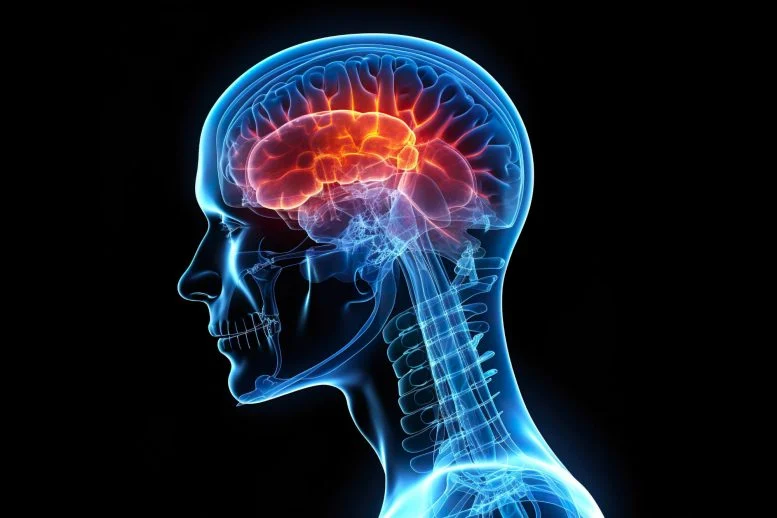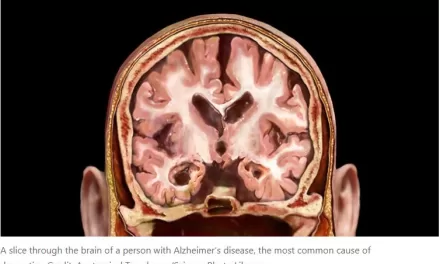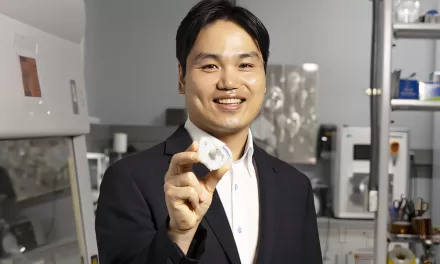PRINCETON, NJ – A single bout of food poisoning can be enough to make a particular food repellent for life. Now, neuroscientists at Princeton University have identified the specific brain region responsible for forging these powerful, long-term aversions, offering crucial insights into how the brain links cause and effect even when separated by significant time delays.
The research, published in the journal Nature, delves into the mechanisms of “one-shot learning,” where a single event creates a durable memory. This phenomenon is commonly experienced as food aversion following illness, even if the sickness occurs hours after the meal.
“I haven’t had food poisoning in a while, but now whenever I talk to people at meetings, I hear all about their food poisoning experiences,” commented lead author Christopher Zimmerman, a postdoctoral fellow at the Princeton Neuroscience Institute. Inspired by such common anecdotes, Zimmerman and his colleagues, working in the lab of Professor Ilana Witten, designed experiments to uncover how the brain forms these delayed associations.
Using mice, the researchers introduced a novel flavor – grape Kool-Aid, chosen for its complexity over simple sugar. The mice learned to drink the Kool-Aid, but half an hour later, they received an injection that induced temporary illness, mimicking food poisoning. Two days later, when offered a choice between the Kool-Aid and plain water, the mice that had been made ill strongly avoided the flavored drink, demonstrating a powerful learned aversion.
The crucial discovery came when identifying the brain region orchestrating this memory: the central amygdala. This small structure, deep within the brain, is known for processing emotional learning, especially fear, and receives diverse sensory inputs, including taste and smell.
“If you look across the entire brain, where novel versus familiar flavors are represented, the amygdala turns out to be a really interesting place because it’s preferentially activated by novel flavors at every stage in learning,” Zimmerman explained. “It’s active when the mouse is drinking, when the mouse is feeling sick later, and then when the mouse retrieves that negative memory days later.”
To understand the connection between gut feeling and brain memory, the team investigated signals traveling from the body to the brain. They focused on specialized cells in the hindbrain that produce a protein called CGRP and send direct signals to the central amygdala. By artificially stimulating these CGRP cells 30 minutes after the mice drank the Kool-Aid – without actually making them sick – the researchers could induce the same food aversion.
Remarkably, the study found that the onset of sickness appeared to reactivate the very same neurons in the amygdala that had initially responded to the novel Kool-Aid flavor. “It was as if the mice were thinking back and remembering the prior experience that caused them to later feel sick,” said Professor Witten.
The researchers propose that encountering a new flavor might “tag” specific neurons in the amygdala, making them sensitive for hours. If illness occurs during this window, signals from the body (like those via CGRP neurons) reactivate these tagged neurons, forging a strong, lasting link between the flavor and the negative experience.
While the study focused on food aversion, its implications extend further. It provides a potential framework for understanding how the brain learns to associate events separated by time, a process critical in many real-world learning scenarios but less commonly studied in labs. “Our hope is that these findings will provide a framework for thinking about how the brain might leverage memory recall to solve this learning problem in other situations,” Zimmerman noted.
This research could also inform our understanding of conditions like trauma and PTSD, where distressing symptoms can emerge with a delay following an event, yet form powerful, persistent memories. Identifying the neural pathways involved in this type of one-shot, delayed learning is a step toward understanding how such potent memory associations are formed and, potentially, how they might be addressed in the future.
Disclaimer: This news article is based on information provided regarding a scientific study conducted by researchers at Princeton University and published in the journal Nature. The study involved experiments conducted on mice. The findings offer insights into brain mechanisms but should not be interpreted as direct medical advice for humans. For concerns regarding food poisoning, memory disorders, or trauma-related conditions, please consult qualified healthcare professionals.












